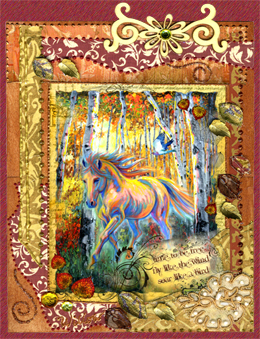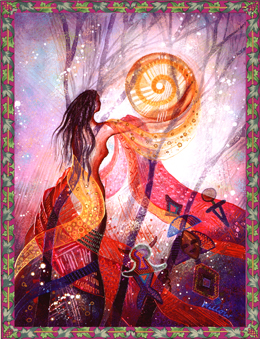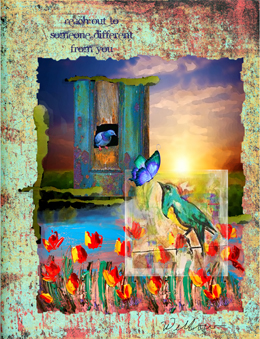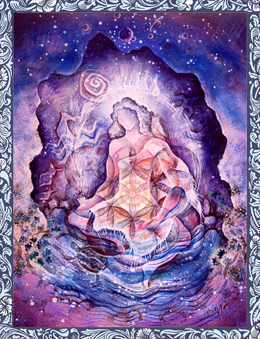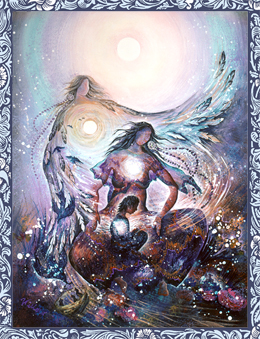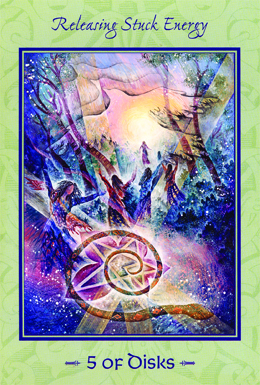Our body is designed to move toward pleasure and away from pain. For most of us, this translates into developing complex strategies as a way of avoiding pain. Do you recognize any of the following in your life?
ORAL: If you didn’t get enough nurturance in your early life, it is easy to develop an oral strategy. Food, beverages, or nicotine can all activate feel-good hormones and help us avoid pain. (connection, love, nurturing)
ACQUIRING THINGS: When we buy something new, feel-good hormones are released in the brain, and we experience pleasure. When this becomes an entrenched strategy, we need to shop a lot! (connection, nurturing)
SEXUALIZED STRATEGY: Once a person becomes sexually active, it is easy to get drawn into the power and pleasure of sexual energy. When we habitually turn toward this energy, we may be avoiding pain. Sometimes this pattern takes a seductive form when we enjoy the power of drawing others toward us in this way. Often this strategy precludes true intimacy. (connection, autonomy love)
SELF-RELIANCE: If we did not receive the support and nurturance we needed as a child, we could develop a strategy where we “do it all ourselves” to cover up the pain of feeling unsupported. (Autonomy, safety, trust
WORKAHOLIC STRATEGY: Some children and adults figure out that if they keep themselves busy all the time they don’t have to feel their uncomfortable emotions. By shifting your awareness away from your body and feelings and focusing on work, you avoid the pain of messy emotions. (connection, attunement, respect, love)
DECEPTION: If you were a child in a dysfunctional family and it wasn’t safe to “speak your truth,” you may have developed a deceptive strategy. This deception can show up in a variety of ways. You might lie, or puff yourself up to look more competent than you feel. You might become manipulative, charming, or seductive. All of this deception is in place to protect yourself from feeling pain. (attunement, trust, autonomy)
PEOPLE-PLEASING AND SELF CENSORSHIP: If you have this strategy, you go out of your way to get the other person what they need, often at your own expense. You don’t ask for what you need, or clearly voice your preference. Often this strategy is fueled by the fear of conflict or feelings of unworthiness. (autonomy, nurturing, mirroring, self-expression)
INTELLECTUALIZING: In our culture at large we are encouraged to think instead of feel. It is pretty easy to develop a strategy where we do just that. (connection, attunement, trust)
CONTROL: If you have this strategy, you try to manage the uncertainty and unpredictability of life by trying to control details, or control the people near you. (trust)
VICTIM IDENTITY: In this strategy a person plays the “powerless” card. This lets you avoid any fear, shame, pain, discomfort, or loss of relationship that might be required if you take responsibility, speak your truth, or stay present during conflict. (trust, connection)
SCREEN ADDICTION: One of the latest and most popular avoidant strategies involves gluing yourself to your smart phone or other screen. Those little bits of electronic contact can keep you very distracted from the whole range of emotions and sensations moving through your being. (connection, nurturance)
ARROGANCE: This strategy displays as a subtle or not-so-subtle sense of superiority. This often masks feelings of shame or unworthiness. (trust, connection)
These strategies arise from unmet needs in our early life, which can be grouped into five main categories: CONNECTION, ATTUNEMENT, TRUST, AUTONOMY, HEALTHY SEXUALITY.


